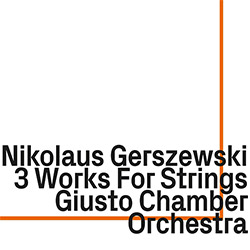
Giusto Chamber Orchestra performs three works for twelve strings by German composer and visual artist Nikolaus Gerszewski, whose music of shifting pitches, vibrations and volumes--compared with experimental sound & noise work--is influenced by composers Radulescu and Dumitrescu's spectral music, James Tenney's "swell form" and Cornelius Cardew's graphic scores.
In Stock
Quantity in Basket: None
Log In to use our Wish List
Shipping Weight: 3.00 units
EU & UK Customers:
Discogs.com can handle your VAT payments
So please order through Discogs
Sample The Album:
Nikolaus Gerszewski-composer
Giusto Chamber Orchestra
Click an artist name above to see in-stock items for that artist.
UPC: 752156105220
Label: ezz-thetics by Hat Hut Records Ltd
Catalog ID: ezz-thetics 1052
Squidco Product Code: 34503
Format: CD
Condition: New
Released: 2024
Country: Switzerland
Packaging: Cardboard Gatefold
Track 1 recorded at festival Transparent Sound, at Atlatszo Hang at Stśdio K, in Budapest, Hungary, in 2019.
Tracks 2 and 3 recorded at Jazzaj Concerts, at Harom Hollo, in Budapest, Hungary, in 2019, by Zsolt Laszlo Kiss.
"Nikolaus Gerszewski sympathises with conceptual art: As an artist, my job is to decide what is art, not what is beautiful. But my work isn't quite anaesthetic either. Unlike some conceptualists - such as Joseph Kosuth - I believe that art relates to aesthetics, in the way that form is meaningful in every possible aspect.
"The sound of music is the result of an intellectual process; all that matters, is that the idea comes across as clearly as possible", he continues. "My work affines to conceptual art - the Sol LeWitt kind, not the Joseph Kosuth kind. The object itself is not symbolic of the concept; it is designed to be observed in its actual formal features."
That makes sense, I'd argue - the idea of non-aesthetic art, taking "aesthetic" in a broad sense, is a self-contradiction. "Aesthetic" is an obscure term, one that needs defining together with art. Whatever one thinks of beauty itself, a valuable artwork is one that has positive aesthetic valuations that relate to beauty. Among the positive descriptions of Gerszewski's music, I would argue, are: vibrant, coruscating, sublime.
Gerszewski is well-placed to make comparisons between visual art and music - he's an academically trained visual artist, and self-trained composer of experimental music. Born 1964 in Hamburg, he lives there and in Budapest, where he occasionally teaches. He's a member of composers collective Frog Peak Music.
What he's not a fan of is "beautification", he says. Many listeners wouldn't describe the pieces on this album as "beautiful" - there's nothing like melody or groove, and some will find them close to noise. But this is to take beauty in a narrow sense. It's what philosopher John Passmore in "The Dreariness of Aesthetics" describes as "always nice; always soothing...what the bourgeoisie pay the artist for". The "revolt against beauty" after WWI targeted this sense, and the Dada manifesto (1918) aimed to "assassinate beauty". However, beauty can be defined more broadly as the most general term of aesthetic approval. The same applies to "good", which in broad terms is the most general term of moral approval. Thus Mary Mothersill, in her book Beauty Restored (1984), draws on Plato in defining beauty as a good - an object of love, that yields pleasure.
I said that some listeners may find Gerszewski's music close to noise. But "noise" is itself ambiguous. "Noise" - and indeed "tone" - have both a purely acoustic and an intentional definition. The science of acoustics defines noise as undifferentiated sound without definite pitch, or as material whose exact frequencies are not determined, but statistical. Thus musical sounds or tones consist of regular, stable, periodic vibrations; noise consists of irregular, unstable, non-periodic vibrations. Gerszewski's music has affinities with noise in this sense. But there is also an intentional definition that parallels "weed", "pest" and "dirt" - "sound that we prefer not to hear", or perhaps "sound that is not beautiful".
Performing Cornelius Cardew's graphic score Treatise, he says, encouraged his transition from painting to music. The New York School was a great influence: "Morton Feldman's music to me is totally uncontemporary; it could have been written yesterday, or a thousand years ago, or even on another planet. That's my ideal of art." He wrote a conversation piece with Peter Ablinger - with whom he shares a fondness for the same kind of artist: Giacometti, Agnes Martin, Ad Reinhardt, to name a few - and is drawn to the severity of Bartók's string quartets. "The album Keio Line by Richard Pinas/Merzbow may have convinced me that there can be 'beauty' also in noise music," he adds.
His recent compositions follow what he calls a "procedural model", in which decisions are made prior to the notation process, and each relates to the entire work. This process gives his compositions a remarkable coherence. All three pieces on this album are for twelve strings. On "Inert Mass" (2018), the material is a four-note chord made up of minor thirds, layered in three octaves which changes in pitch, timbre, dynamics and tempo. The individual parts pulsate - they are not only shifted in time, but also layered in pitch. After twelve minutes the starting position is restored and the process repeats. It's the composer's first use of what he calls "mixer form", derived from James Tenney's "swell form" from the late 1960s, based on increasing and decreasing volume.
Transferring Tenney's swell principle to tempo, pitch and timbre creates what Gerszewski calls "a plastically mouldable sound matter", a "reification of the sound". This phenomenon has also been called "sound magma" - that is, the sound appears almost as a solid physical object - and applied to Romanian spectralists Radulescu and Dumitrescu. Gerszewski was interested in Ligeti's pioneering work with micro-chromatic clusters, notably his string ensemble piece Ramifications - his concern with "the border area where a dense polyrhythmic interference-structure turns over into plain arhythmic noise". Yet Ligeti never quite arrived at sound magma, and in fact withdrew from reified sound in his later works.
The preceding comments apply also to the other works here. "Solid Rock" (2019) builds up a fluttering chromatic noise from layers of tritone intervals, stretching over two octaves. Over its eight minutes there's no change of pitch; individual parts swell and fade, each with a time delay. On "Lining" (2019), each part involves a rotating sequence of four adjacent quarter tones at a different speed. There are changes in volume and speed ratios, and transitions from non-legato to legato and from legato to battutto, with the pitch structure remaining the same throughout its twenty-four minutes.
Each composition arises from a clear idea that the listener can grasp. That is their beauty, I'd argue - there's no need for, or possibility of, any process of beautification. They are conceptual art in the broadest sense, but vividly concrete in their sonorous properties. So they are a paradigm of musical art - for music is an art that is abstract in form, concrete in utterance."-Andy Hamilton, Durham UK.

The Squid's Ear!
Artist Biographies
• Show Bio for Nikolaus Gerszewski "1964, Hamburg; currently living in Budapest. 1983-91 studies fine arts, at HfbK, Hamburg. 1992-98 1st residence in Budapest, reviewer for art-magazin Balkon. Since 2005 autodidactic composition studies; cofounding the ensemble serve music with Sascha Demand, performing "Treatise" by Cornelius Cardew. Since 2006 curator of New Music concerts in Hamburg and Berlin. 2011 winner of composition contest Fereydoon Moschiri (commissioned by Hamburger Klangwerktage); private studies with composer Chris Newman. Since 2012 experimental music workshops at universities, schools, daycare facilities. Since 2014 teaching experimental soundproduction at the university of fine arts, Budapest; participating at the exhibition & symposium "der unfassbare Klang" (on graphic notation), Galerie März, Linz. 2015 founding the ensemble Conceptual Soundproductions Budapest, regularly performing new works of experimental and conceptual music." ^ Hide Bio for Nikolaus Gerszewski
12/9/2025
Have a better biography or biography source? Please Contact Us so that we can update this biography.
Track Listing:
1. Inert Mass 24:11
2. Lining 24:09
3. Solid Rock 8:09
Hat Art
Compositional Forms
European Improvisation, Composition and Experimental Forms
Large Ensembles
Stringed Instruments
New in Compositional Music
Hat Hut Masters Sale
Search for other titles on the label:
ezz-thetics by Hat Hut Records Ltd.
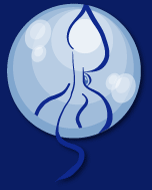
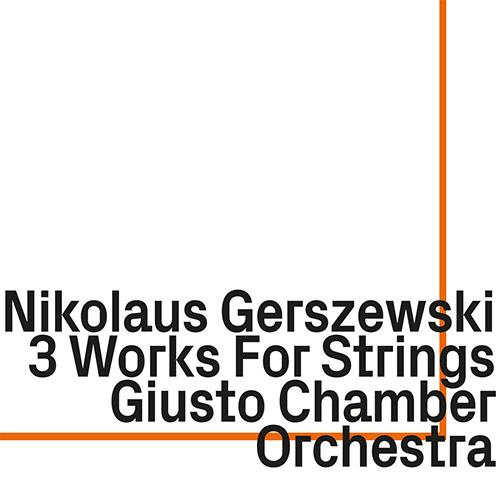
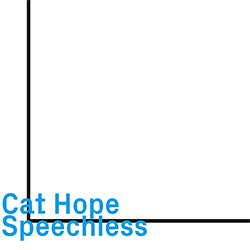
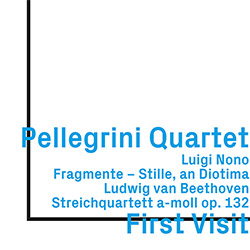
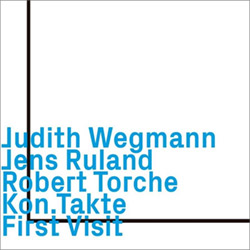
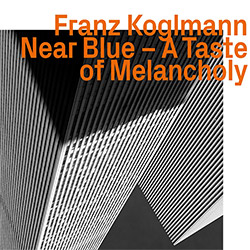
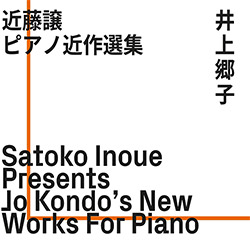

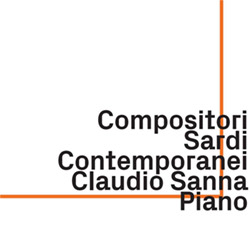
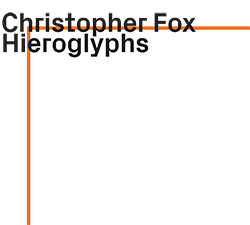
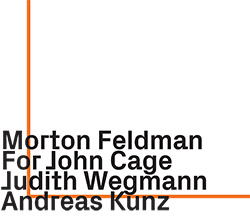
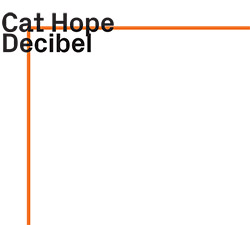
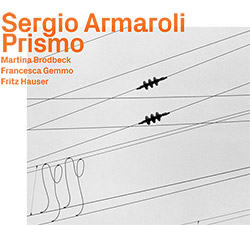
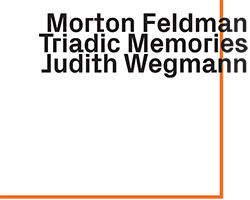
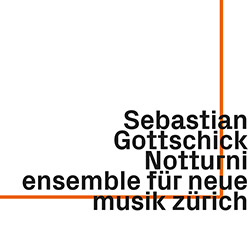
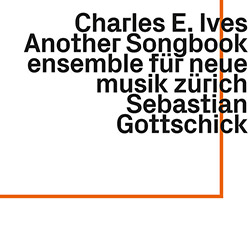

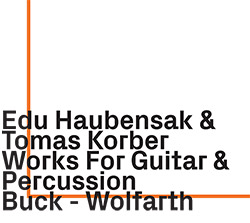
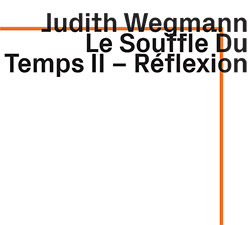
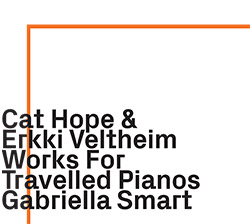

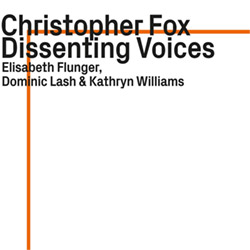
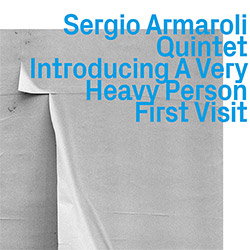
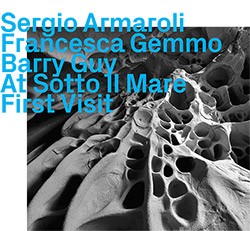
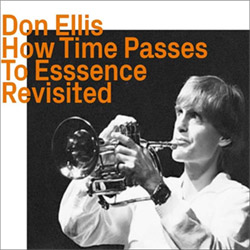
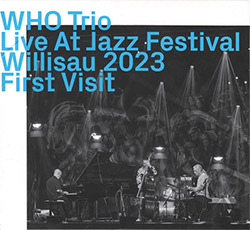
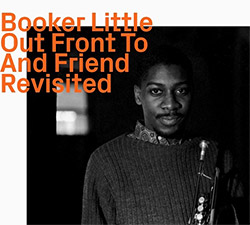
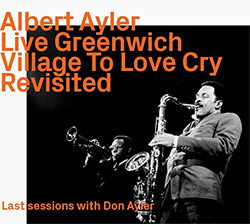

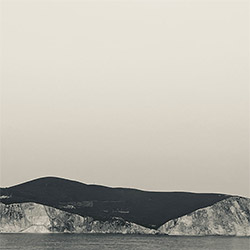
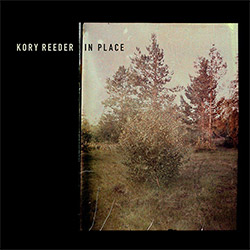
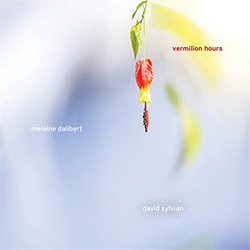
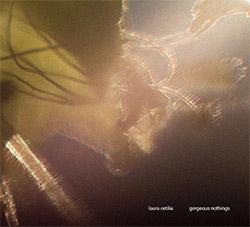
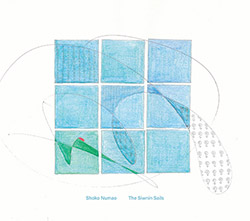

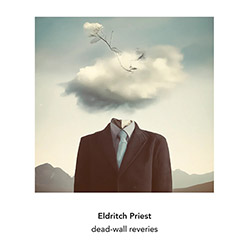

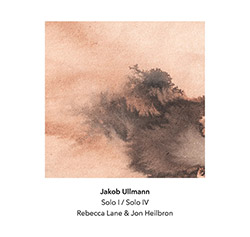
![Agnel, Sophie: Learning [VINYL]](https://www.teuthida.com/productImages/misc4/36841.jpg)
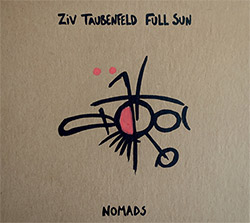
![Monaco, Amanda (w/ Michael Attias / Sean Conly / Satoshi Takeishi) : Deathblow [VINYL]](https://www.teuthida.com/productImages/misc4/36956.jpg)
![Frey, Jurg with ensemble]h[iatus: Je Laisse A La Nuit Son Poids D](https://www.teuthida.com/productImages/misc4/36988.jpg)
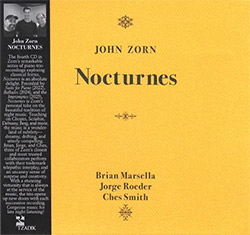
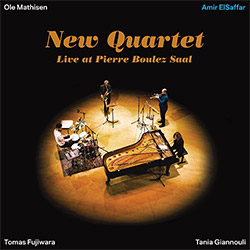
![ElSaffar, Amir / New Quartet : Live at Pierre Boulez Saal [VINYL]](https://www.teuthida.com/productImages/misc4/36830.jpg)
![Zorn, John: The Song of Songs [CD + CD BOOK]](https://www.teuthida.com/productImages/misc4/36923.jpg)

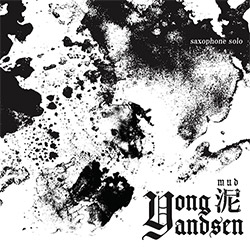
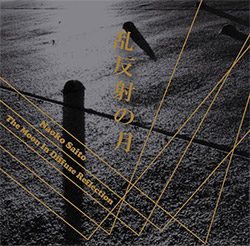


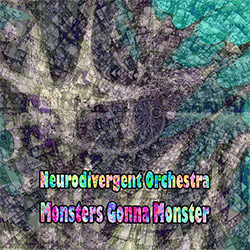
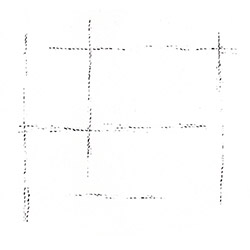

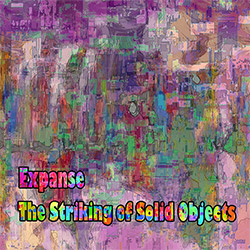
![Musicworks Magazine: #152 Fall 25 [MAGAZINE + CD]](https://www.teuthida.com/productImages/misc4/37004.jpg)
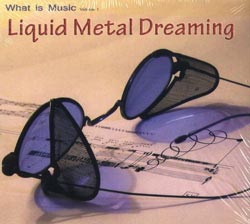

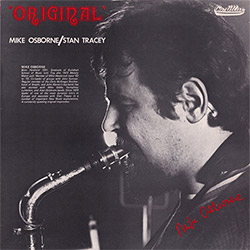
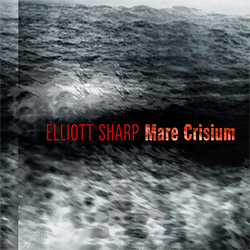
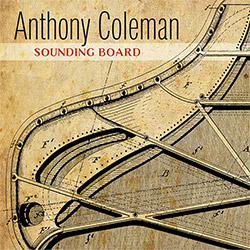
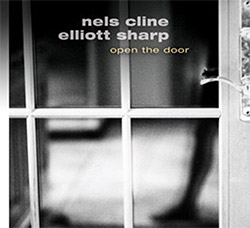
![[ahmed] (Thomas / Grip / Gerbal / Wright): Sama](https://www.teuthida.com/productImages/misc4/36976.jpg)
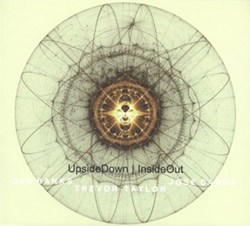
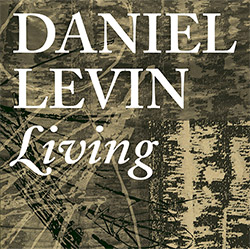
![Cleaver, Gerald / Brandon Lopez / Hprizm: In The Wilderness [COLOR VINYL]](https://www.teuthida.com/productImages/misc4/33060.jpg)
![McPhee, Joe : Defiant Jazz: a Joe McPhee Taster [VINYL]](https://www.teuthida.com/productImages/misc4/36859.jpg)
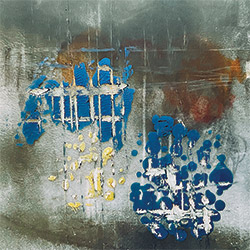
![Mateen, Sabir / Patrick Holmes / Federico Ughi : Survival Situation [LTD VINYL LP + DOWNLOAD]](https://www.teuthida.com/productImages/misc4/29891.jpg)
![Tucker, Dave / Pat Thomas / Thurston Moore / Mark Sanders: Educated Guess Vol. 1 [COLORED VINYL]](https://www.teuthida.com/productImages/misc4/30183.jpg)
![Sarian, Michael / Matthew Putman: A Lifeboat (Part I) [COLORED VINYL]](https://www.teuthida.com/productImages/misc4/30426.jpg)
![Carter, Daniel / Tobias Wilner / Djibril Toure / Federico Ughi: New York United Volume 2 [COLOR VINYL]](https://www.teuthida.com/productImages/misc4/30665.jpg)
![Mela, Francisco feat. Matthew Shipp / William Parker: Music Frees Our Souls, Vol. 1 [BLUE VINYL]](https://www.teuthida.com/productImages/misc4/30999.jpg)
![Heroes Are Gang Leaders: LeAutoRoiOgraphy [COLORED VINYL]](https://www.teuthida.com/productImages/misc4/32253.jpg)
![Carter, Daniel / Matthew Shipp / William Parker / Gerald Cleaver: Welcome Adventure! Vol. 2 [COLOR VINYL]](https://www.teuthida.com/productImages/misc4/32385.jpg)
![Carter, Daniel / Evan Strauss / 5-Track / Sheridan Riley: The Uproar In Bursts Of Sound And Silence [COLORED VINYL]](https://www.teuthida.com/productImages/misc4/32515.jpg)
![Ackerley, Jessica / Patrick Shiroishi / Chris Williams / Luke Stewart / Jason Nazary: SSWAN: Invisibility is an Unnatural Disaster [COLORED VINYL]](https://www.teuthida.com/productImages/misc4/32586.jpg)
![Mela, Francisco feat. Cooper-Moore / William Parker: Music Frees Our Souls, Vol. 2 [COLORED VINYL]](https://www.teuthida.com/productImages/misc4/32735.jpg)
![Amba, Zoh / William Parker / Francisco Mela: O Life, O Light Vol. 2 [COLOR VINYL]](https://www.teuthida.com/productImages/misc4/33059.jpg)
![Dikeman, John / Pat Thomas / John Edwards / Steve Noble: Volume 1 [COLORED VINYL]](https://www.teuthida.com/productImages/misc4/33099.jpg)
![Dikeman, John / Pat Thomas / John Edwards / Steve Noble: Volume 2 [COLOR VINYL]](https://www.teuthida.com/productImages/misc4/33184.jpg)
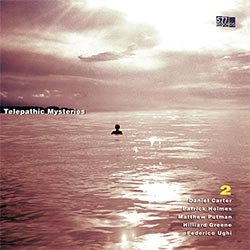

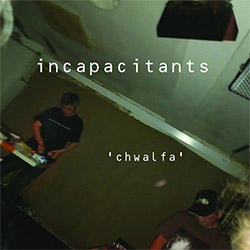
![Genthon, Anouck / Lionel Marchetti: Suite Blanche [2 CDs]](https://www.teuthida.com/productImages/misc4/36642.jpg)
![Toeplitz, Kasper T.: Erosions Programmees [CD + BOOKLET]](https://www.teuthida.com/productImages/misc4/36639.jpg)
![Gate, The : Amost Live [CASSETTE + MAGAZINE]](https://www.teuthida.com/productImages/misc4/36836.jpg)
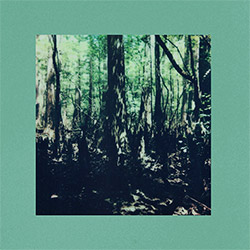

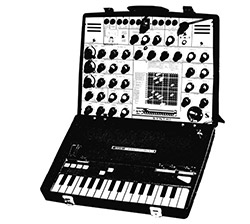


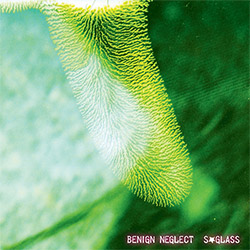
![A Magic Whistle: The Solar Cell [VINYL]](https://www.teuthida.com/productImages/misc4/36658.jpg)
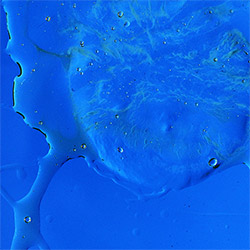
![McGee, Hal: Columbus Expedition [Cassette w/ Download]](https://www.teuthida.com/productImages/misc4/36650.jpg)
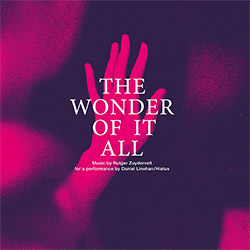

![Jaeger, Kassel: Fernweh [VINYL 2 LPs]](https://www.teuthida.com/productImages/misc4/36541.jpg)

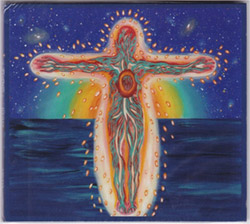
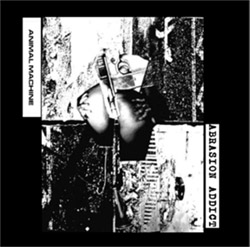
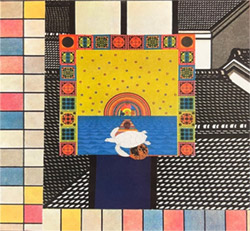

![+DOG+: The Light Of Our Lives [2 CDs]](https://www.teuthida.com/productImages/misc4/36009.jpg)
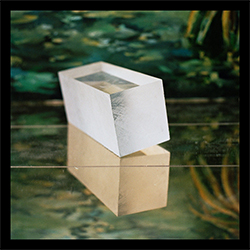
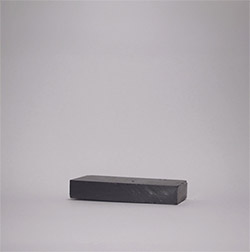
![Eternities: Rides Again [CASSETTE]](https://www.teuthida.com/productImages/misc4/36247.jpg)
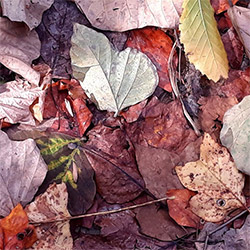
![Lopez, Francisco: Untitled (2021-2022) [2 CDs]](https://www.teuthida.com/productImages/misc4/36438.jpg)
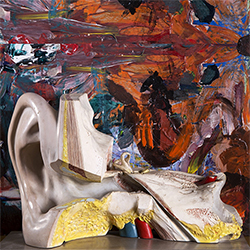
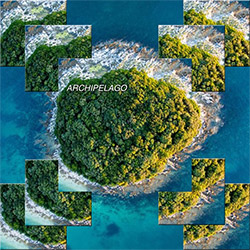
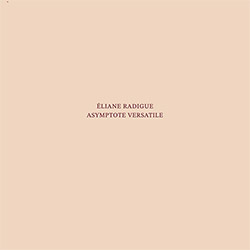
![Frey, Jurg : Composer, Alone [3 CDs]](https://www.teuthida.com/productImages/misc4/36927.jpg)
![Pisaro-Liu, Michael: Within (2) / Appearance (2) [2 CDs]](https://www.teuthida.com/productImages/misc4/36831.jpg)
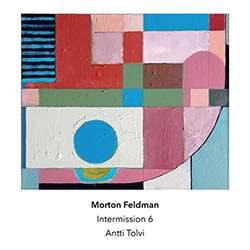
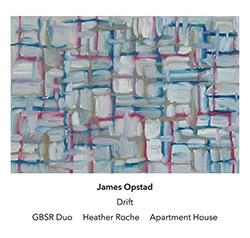
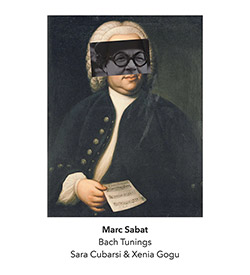
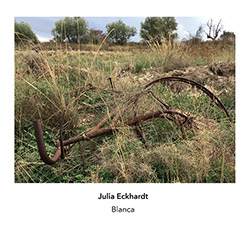
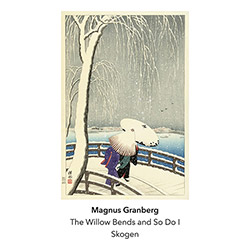
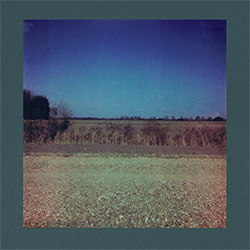
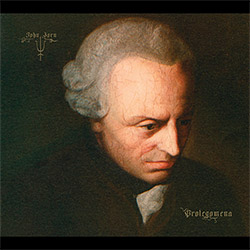

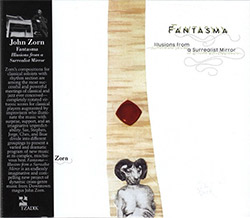
![Musicworks Magazine: #151 Summer 25 [MAGAZINE + CD]](https://www.teuthida.com/productImages/misc4/36559.jpg)
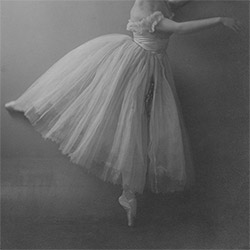
![Brown, Dan / Dan Reynolds: Live At The Grange Hall [unauthorized][CASSETTE]](https://www.teuthida.com/productImages/misc4/36245.jpg)
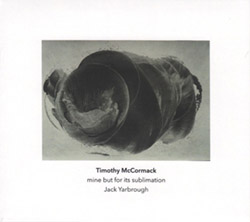
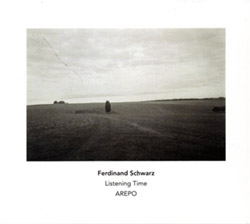
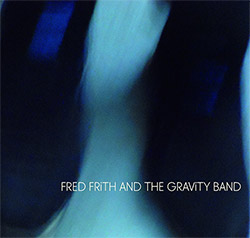
![Coultrain: Mundus [COLORED VINYL]](https://www.teuthida.com/productImages/misc4/33056.jpg)
![Hprizm: Signs Remixed [COLORED VINYL]](https://www.teuthida.com/productImages/misc4/30635.jpg)
![Halls Of the Machine: All Tribal Dignitaries [CASSETTE w/ DOWNLOAD]](https://www.teuthida.com/productImages/misc4/36134.jpg)
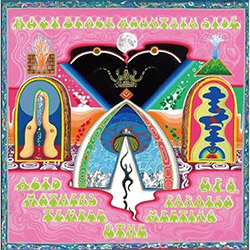
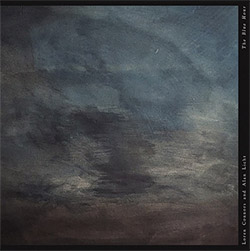

![Koenjihyakkei: Live at Club Goodman [2 CDs]](https://www.teuthida.com/productImages/misc4/36111.jpg)
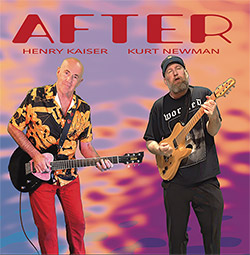
![Sorry For Laughing (G. Whitlow / M. Bates / Dave-Id / E. Ka-Spel): Rain Flowers [2 CDS]](https://www.teuthida.com/productImages/misc4/35985.jpg)
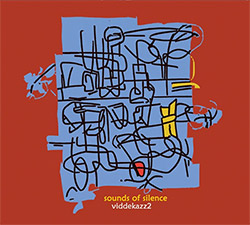
![Rolando, Tommaso / Andy Moor : Biscotti [CASSETTE w/ DOWNLOADS]](https://www.teuthida.com/productImages/misc4/36106.jpg)
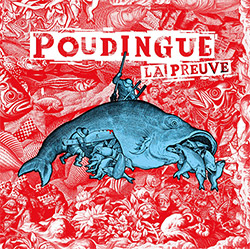

![Electric Bird Noise / Derek Roddy: 8-10-22 [CD EP]](https://www.teuthida.com/productImages/misc4/35970.jpg)
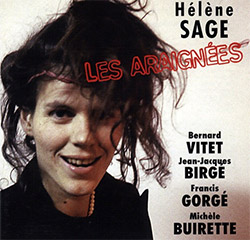


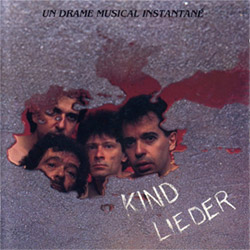
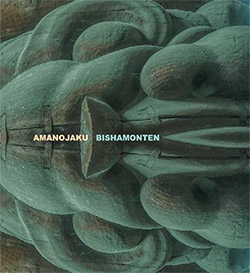
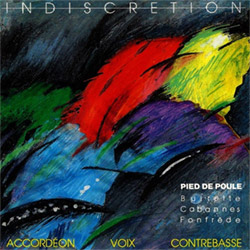
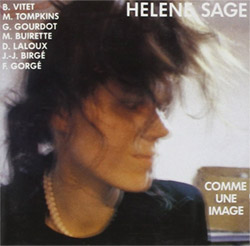
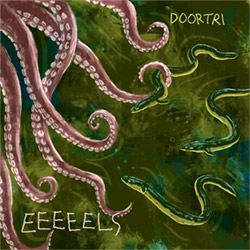
![Elephant9 : Mythical River [VINYL]](https://www.teuthida.com/productImages/misc4/34624.jpg)
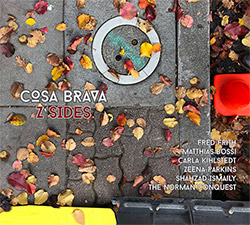
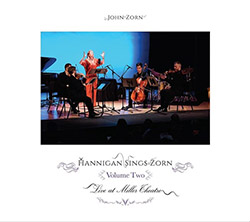
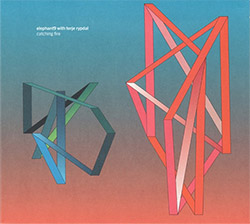
![Elephant9 with Terje Rypdal: Catching Fire [VINYL 2 LPs]](https://www.teuthida.com/productImages/misc4/35355.jpg)
![Deerlady (Obomsawin, Mali / Magdalena Abrego): Greatest Hits [VINYL]](https://www.teuthida.com/productImages/misc4/34876.jpg)
![Coley, Byron: Dating Tips for Touring Bands [VINYL]](https://www.teuthida.com/productImages/misc4/17906.jpg)
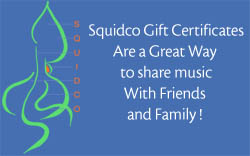
![Lost Kisses: My Life is Sad & Funny [DVD]](https://www.teuthida.com/productImages/misc4/lostKissesDVD.jpg)